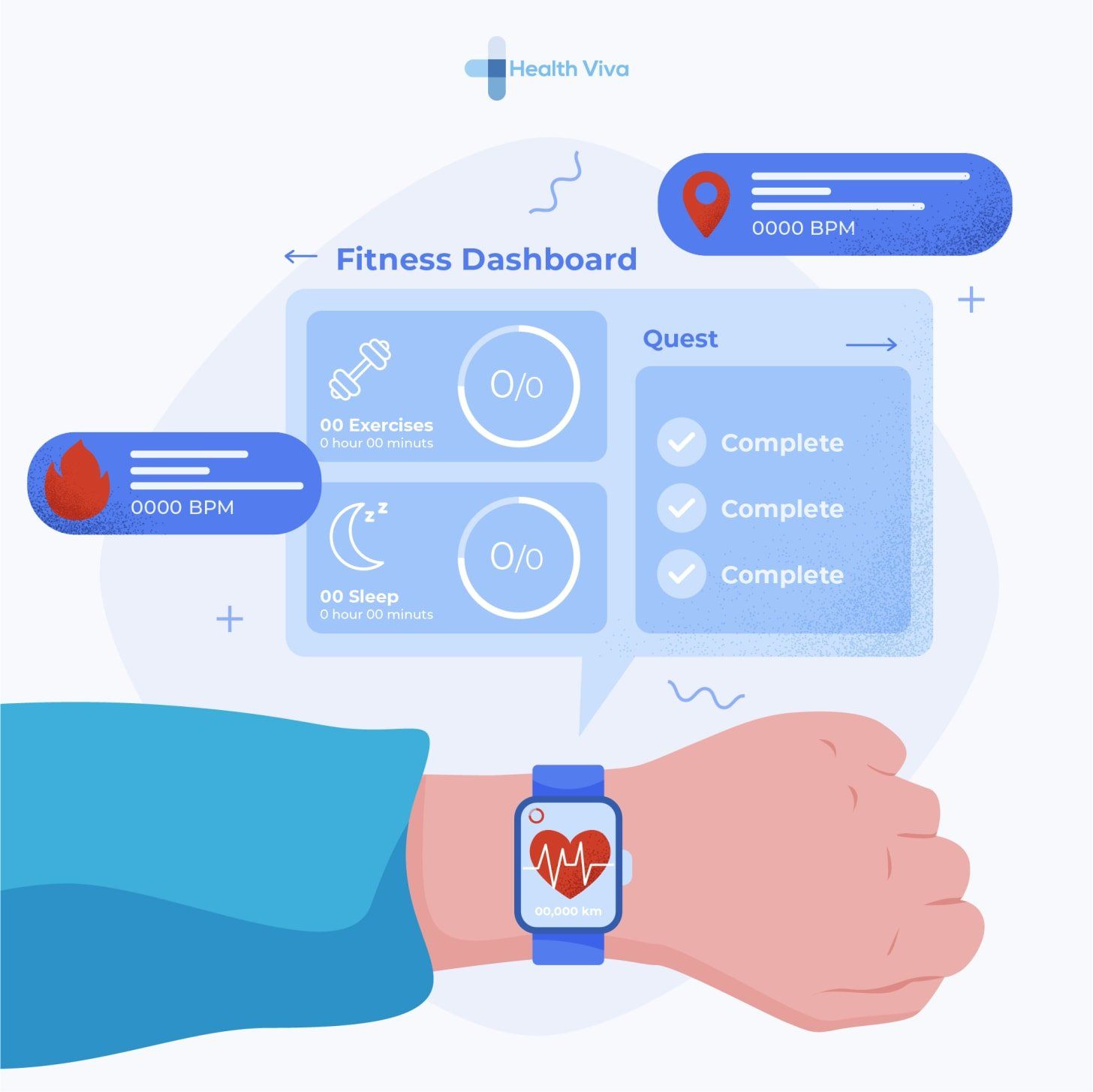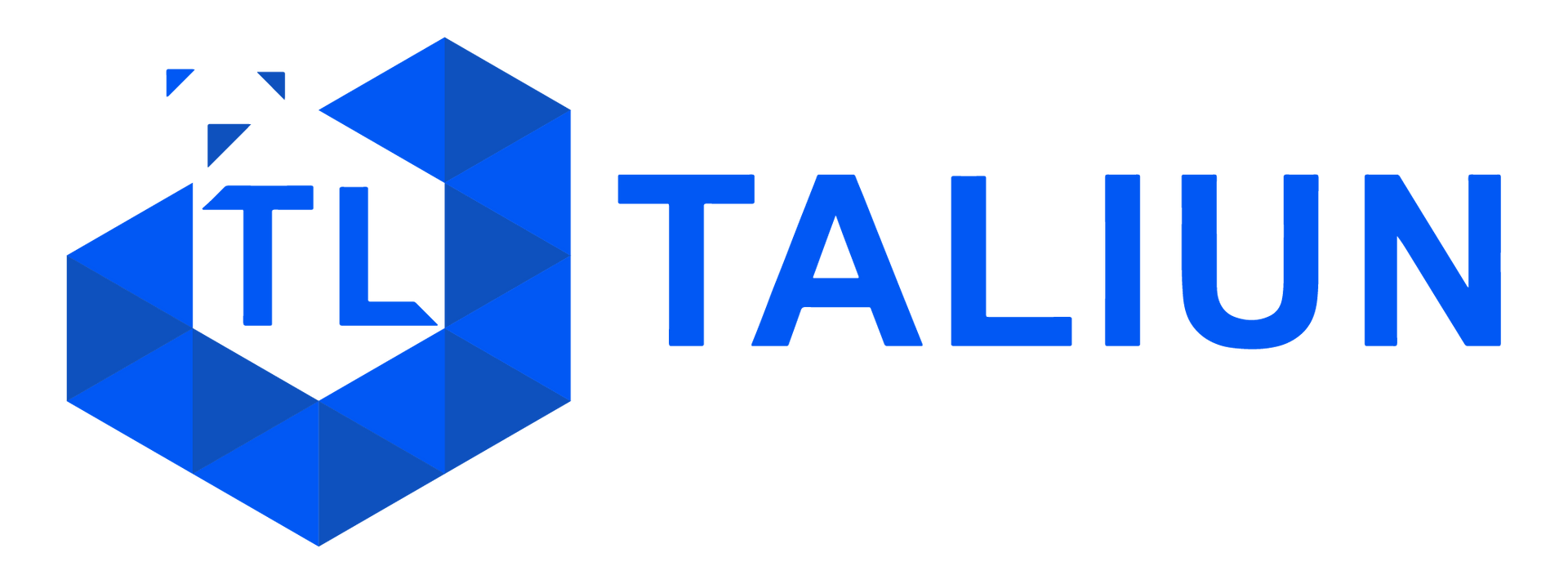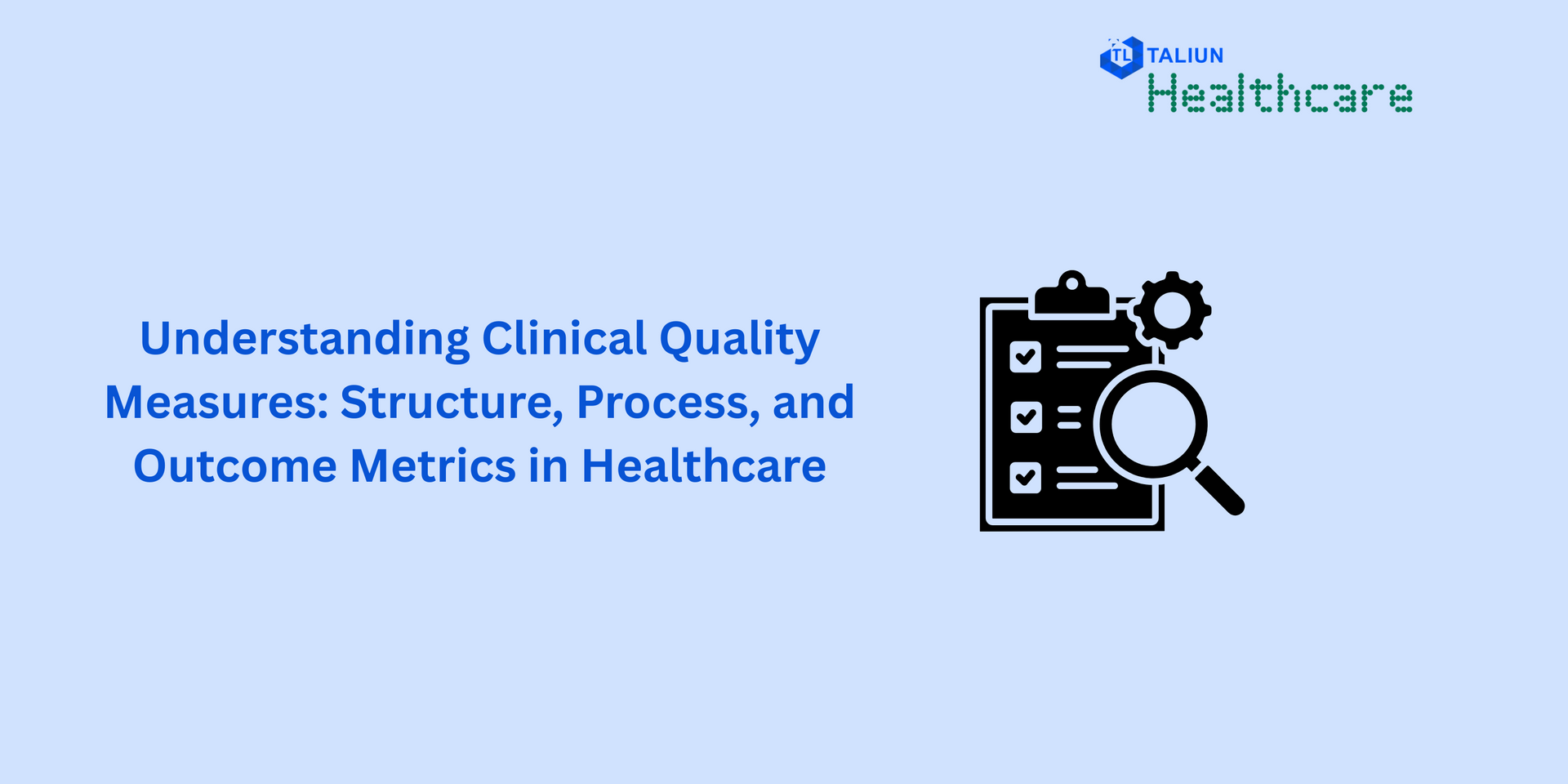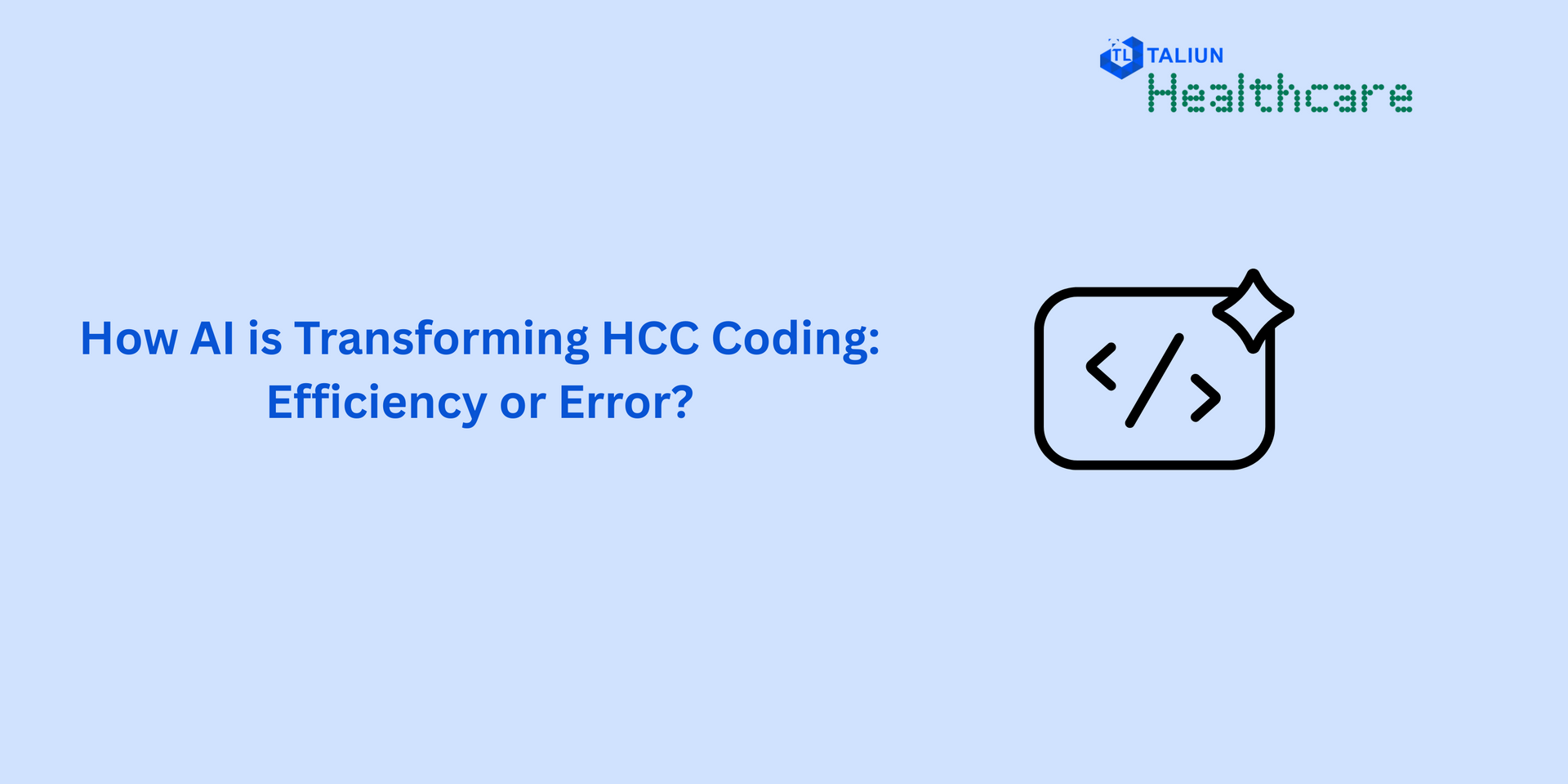Digital Health Story – Impact of Wearables in Med Device Industry

Hello,
I am back with a new topic on Digital Health and some insights on few of the latest trends in digital health. Digital Health has many areas of footprint right from mobile health (mHealth) to implementation of health information technology (HITs) via EHRs, EMRs, Practice Management, Revenue Cycle Management, integration of data from PACs, Wearable devices, implementation of telehealth and telemedicine, and areas in personalized medicine.
Med Devices, Types and Regulations
Essentially it is all about improvement of patient outcomes and improving patient quality of life by managing and tracking patient health data, which eventually helps in either preventing or curing patient conditions. Patient health data today can be tracked from multiple sources of med devices like blood pressure monitor, pulse oximeter, electro cardio gram, CGM (Continuous Glucose Monitoring) or FGM (Flash Glucose Monitoring) Devices, diagnostic imaging, cardio vascular devices.
Med devices are either recognized by its type or applications or its usage. Most importantly, from a regulatory standpoint, med devices are classified as either class I, class II or class III devices based on their intended use, indications for use, and risk. To obtain a class II or class III clearance, med device companies has to go through an initial PMA or clearance process called 510(k) review.
Med Device Market Size:
The global market size for medical devices is valued at USD 447.63 Billion which is expected to reach USD 671.49 Billion by 2027
Gartner has recently forecasted the global spend on wearable devices to see 18.1% growth in 2021 resulting $81.5 Billion in 2021, from $69 billion in 2020
Impacts of Wearables on Consumer Behavior:
The reason for this is triggered by affordability of wrist bands, smart watches and possible potential improvements in battery life of these devices. Moreover, there has been a substantial improvement in accuracy of such data which is going to make the med device space smarter and much more competitive.
As the med device industry is getting commoditized, the market will see patients moving more towards personalized preventive care options by integrating data from EHRs to wearables into their mobile vice versa.
I think consumers will see more trends coming where providers and payers will offer value-based plans for preventive healthcare in tie up with their cellular providers.
Cyber Security a challenge for Med Device Companies:
As the data will keep growing it is very important to have a data governance strategy for ensuring the healthcare data is hosted in a protected environment. We have recently started a one week no obligation vulnerability assessment services to help you stay in compliant with some of the regulatory requirements. Here’s a quick blog on cyber security:
How to protect your Web based software application from hackers in 2021
Opportunity for Managed Data Services Market in Healthcare
Taliun is also running a limited time offer of vulnerability testing for your web & mobile applications




